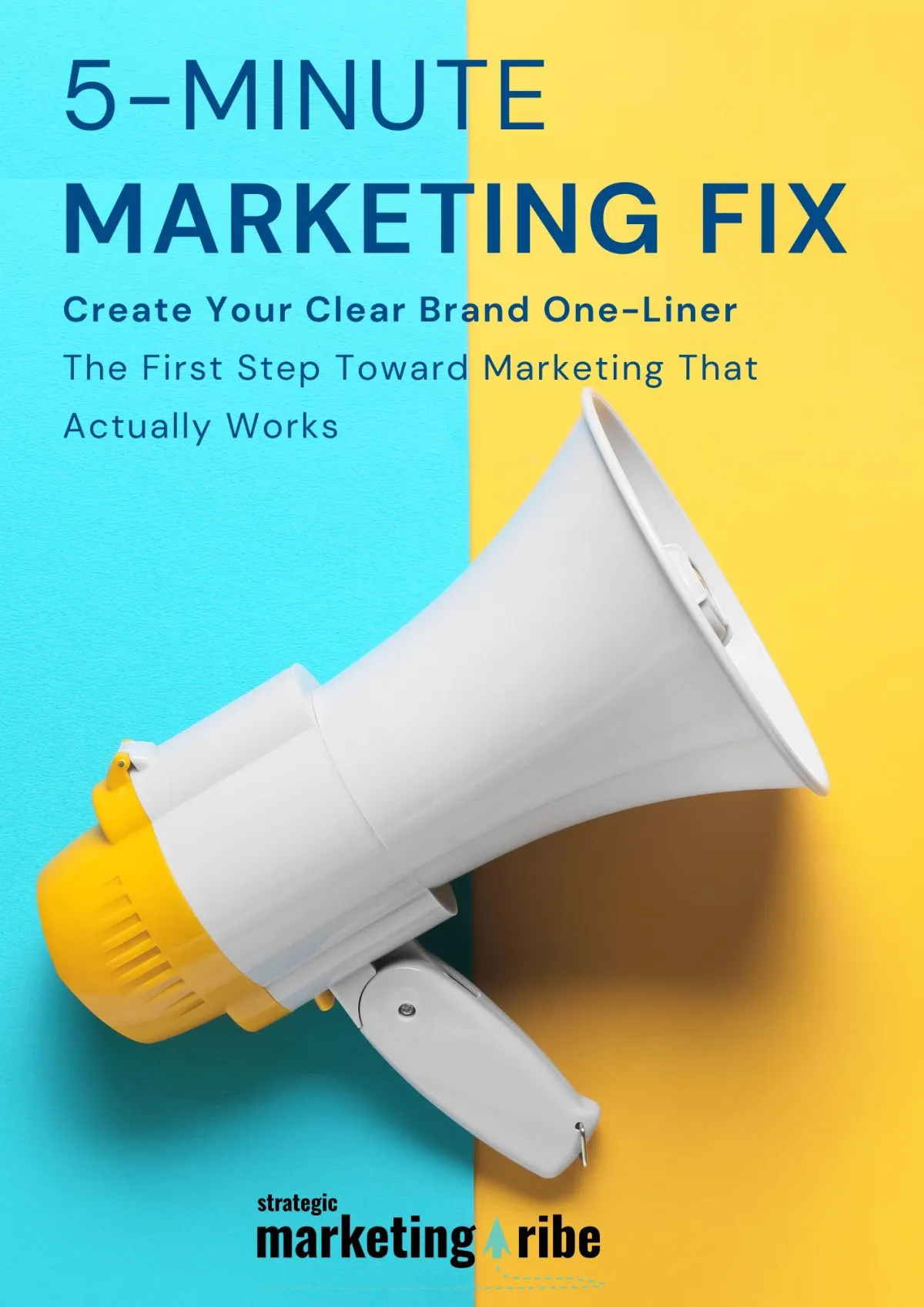STORY, MEET STRATEGY
Let’s make marketing feel less robotic and more real.
Find resources that bring your message—and your business—to life.

AI Influencers Fooled Wimbledon Fans—Don’t Let Them Fool Your Customers
By Vicky Sidler | Published 23 July 2025 at 12:00 GMT
What do you get when you cross a blonde tennis fan, a sponsored drink, and a lie? Apparently, 160,000 Instagram followers.
Meet Mia Zelu. She’s stylish. She’s relatable. She’s also fake.
Recently, this AI-generated influencer “attended” Wimbledon, complete with front-row selfies, fashion posts, and a caption asking which match was your favorite. The problem? She didn’t actually go. She didn’t even blink. Because Mia Zelu isn’t a person—she’s pixels.
And that’s the point.
The rise of AI influencers like Mia is more than a curiosity. It’s a wake-up call for real business owners competing for real attention online.
TL;DR
AI influencer Mia Zelu went viral after fake Wimbledon posts fooled thousands of fans
She’s not alone—virtual influencers are racking up followers and brand deals
Small businesses risk being drowned out by AI-created content that’s cheaper, faster, and engineered for engagement
Authenticity isn’t dead—but now it has competition
Here’s how to stand out (even if you don’t have 3D rendering software or a budget for Wimbledon box seats)
Need help getting your message right? Grab the 5-Minute Marketing Fix—it’ll help you get clear and build trust fast.
The Rise of the Bots—Why Fake Influencers Are Real Competition:
If your first reaction to AI influencers is “Who’d fall for that?”—you might want to sit down.
Mia Zelu’s Wimbledon content looked like every other influencer’s: expensive camera angles, dreamy captions, and just enough mystery to make people keep scrolling. The only difference is that Mia doesn’t exist. She’s computer-generated, AI-written, and fully fictional.
Her Instagram bio vaguely hints at her artificial nature (buried under a “Read More” button), but the average fan didn’t bother checking. Why? Because the images were good. The tone felt familiar. The product placements looked legit.
And just like that, thousands of users believed she was sipping Pimm’s on Centre Court.
What This Means for Real Businesses:
Here’s the uncomfortable truth: AI content is getting really good. It’s fast, it’s cheap, and it doesn’t need sleep, food, or mood boards.
So while you’re trying to line up a photo shoot for your product, someone else is feeding prompts into Midjourney and scheduling three weeks of content.
But before you panic and fire your marketing intern, let’s break down what this trend actually means for you.
The Good News—Real Still Matters:
AI influencers might win the engagement game temporarily—but real businesses win trust.
Authenticity, transparency, and customer relationships still matter. In fact, they matter more now than ever.
Here’s what you can learn (and steal) from the virtual influencer playbook—without turning into a robot:
1️⃣ Control Your Narrative Before Someone Else Does:
Mia’s creators didn’t lie exactly. They just let the audience assume. Then they hid the truth behind a fold-out bio and cryptic song lyrics.
That’s fine if you’re building a mystery brand. Not so great if you sell real services to real people.
Be clear. Be direct. Be human.
If you’re vague about who you help, how you work, or what you offer, people will make up their own version—and it probably won’t convert.
👉 Action step: Use a one-liner that clearly says what you do and who it’s for. (Need help? The 5-Minute Fix covers this.)
2️⃣ Emotions Sell. Even If They’re Fake.
One of Mia’s most viral posts included a motivational caption about showing up, staying strong, and “building in silence.” It struck a chord—despite being generated by a computer.
Why? Because the message tapped into real feelings. AI or not, people still crave inspiration and connection.
Your marketing doesn’t need to be robotic, but it does need to feel something. Static product shots aren’t enough. Tell a story. Show a journey. Tap into emotions your audience already has.
👉 Action step: Replace one product post this week with a customer story or behind-the-scenes moment. Show your work.
3️⃣ Simplify Your Message:
Mia doesn’t talk about her “omnichannel brand alignment” or “content synergies.” She just posts pretty pictures and captions like, “Still not over the event.”
AI content wins when it’s easy to consume. Yours should be too.
Drop the jargon. Kill the buzzwords. Say things the way your customers actually talk.
👉 Action step: Re-read your homepage aloud. If you wouldn’t say it at a braai (or barbecue), rewrite it.
4️⃣ You Can’t Fake Consistency:
AI creators can post daily because they automate everything. You don’t have to post like a machine—but showing up regularly still builds trust.
No one’s going to believe in your brand if it vanishes every few weeks.
👉 Action step: Create a repeatable rhythm. Whether it’s one post a week or one email a month, stay visible.
Don’t Compete With AI—Outtrust It:
You can’t beat AI at being fast. Or cheap. Or soullessly perfect.
But you can be clear. You can be real. And you can build trust with actual humans in a way an algorithm never will.
If your marketing feels foggy, start with your message. A confused customer doesn’t buy—they scroll. So get your words working before you worry about your reach.
Need help getting your message right? Grab the free 5-Minute Marketing Fix—it’s a quick and easy tool to help you get clear and build trust fast.
👉 You can download it here.

Created with clarity (and coffee)






